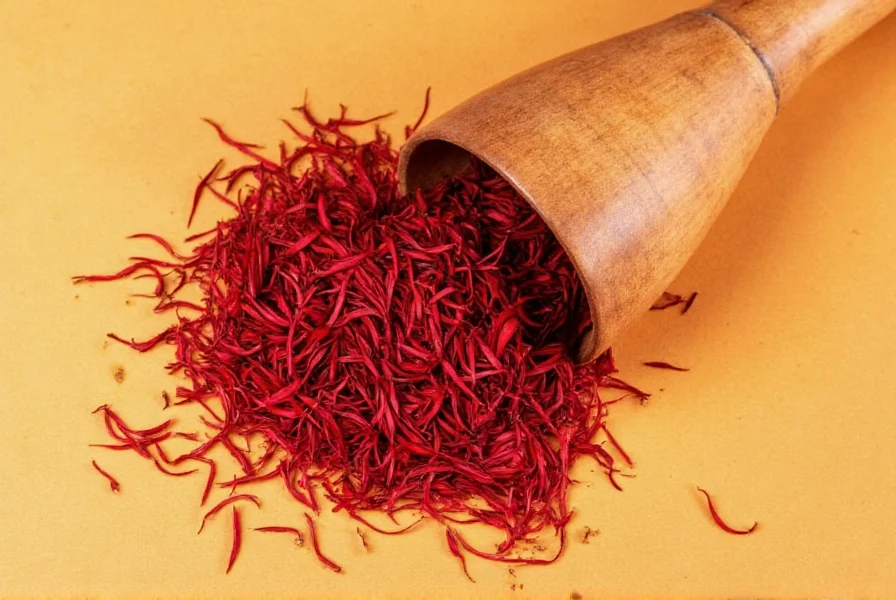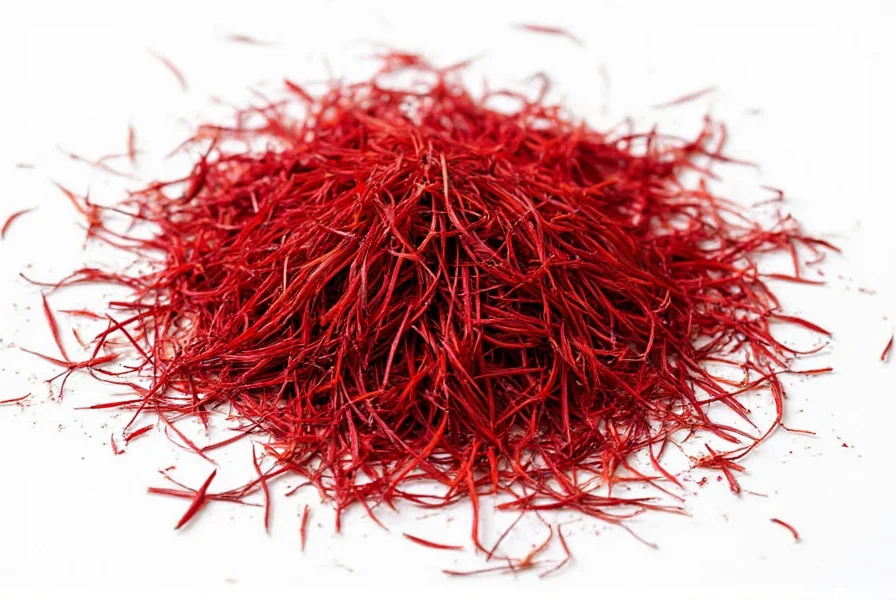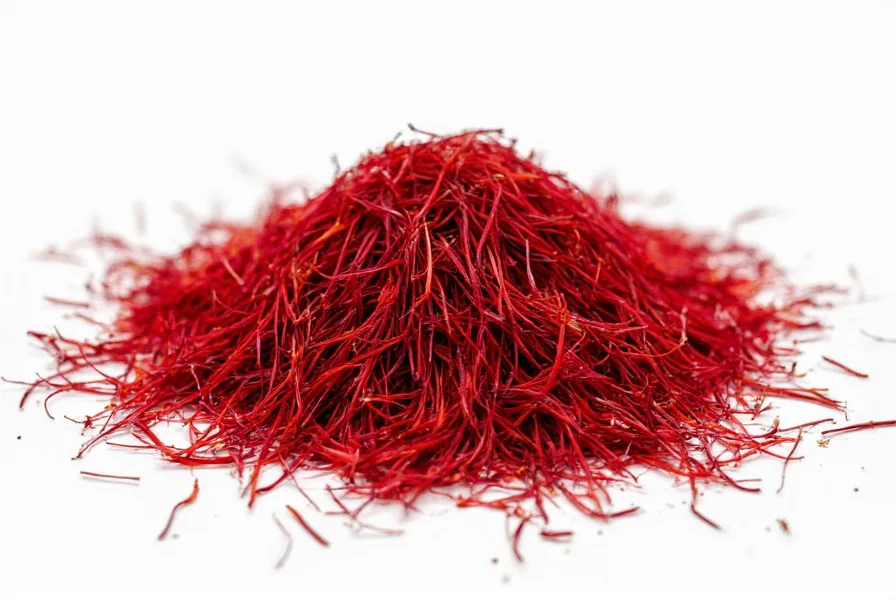Saffron meaning extends far beyond its identity as a culinary ingredient. This golden spice has woven itself into human civilization for over 3,500 years, carrying layers of significance that transcend its physical properties. Understanding saffron's full meaning requires exploring its botanical origins, linguistic evolution, and profound cultural symbolism across continents and centuries.
Botanical Definition and Historical Context
Saffron (Crocus sativus) is a sterile triploid flower whose three red stigmas are carefully hand-harvested to produce the spice. Each flower yields only three threads, requiring approximately 75,000 flowers to produce a single pound of saffron. This labor-intensive process explains its status as the world's most expensive spice. Ancient Persians first cultivated saffron around 500 BCE, using it for royal garments, perfumes, and medicinal applications. The spice later spread along trade routes to India, China, and the Mediterranean, where it became integral to local cuisines and traditions.
Linguistic Origins: Tracing 'Saffron' Through Languages
The etymology of saffron reveals its journey through civilizations. The word entered English through the 13th-century Old French 'safran,' which derived from the Latin 'safranum.' Latin acquired it from the Arabic 'za'faran,' ultimately tracing back to the Persian 'zarparan' (gold-strand). This linguistic evolution mirrors saffron's physical journey from Persian fields to global markets. Understanding saffron meaning etymologically helps explain why many languages use similar terms for both the spice and yellow-orange hues.
| Language | Term for Saffron | Literal Meaning |
|---|---|---|
| Arabic | Za'faran | Yellow |
| Persian | Zarparan | Gold-strand |
| Sanskrit | Kumkuma | Saffron-colored |
| Spanish | Azafrán | From Arabic za'faran |
Saffron Color Meaning Across Cultures
When exploring saffron color meaning, we encounter diverse interpretations. In Hinduism, saffron represents purity, sacrifice, and spiritual quest, explaining why Hindu monks wear saffron robes. The color appears in India's national flag, symbolizing courage and sacrifice. In Western contexts, saffron signifies creativity and warmth. Ancient Egyptians used saffron as a cosmetic and medicinal treatment, while Greeks associated it with divine ecstasy. Understanding what saffron means spiritually reveals how this color bridges the material and spiritual realms across belief systems.

Symbolic Significance in Religious Traditions
The symbolic meaning of saffron carries profound religious significance. In Buddhism, saffron robes represent humility and detachment from materialism. Buddhist monks adopted saffron-dyed garments because the color symbolized the flame of enlightenment. In Sikhism, saffron appears in the Nishan Sahib flag, representing sacrifice and spirituality. Ancient Greeks used saffron in wedding ceremonies as a symbol of prosperity and happiness. The spice's ephemeral nature—its color fading quickly—also symbolizes life's transience in various philosophical traditions.
Modern Interpretations and Applications
Contemporary understanding of saffron meaning includes both traditional and scientific perspectives. Modern research confirms saffron's historical medicinal uses, showing potential benefits for mood regulation and eye health. The spice remains central to culinary traditions from Spanish paella to Persian rice dishes. Environmentally conscious consumers now seek ethically sourced saffron, recognizing the challenging conditions faced by harvesters. When examining what does saffron mean spiritually today, we see a convergence of ancient symbolism with modern wellness practices, where saffron represents natural healing and mindful consumption.
Preserving Saffron's Cultural Heritage
Maintaining saffron's authentic meaning requires preserving traditional cultivation methods while adapting to modern challenges. Climate change threatens saffron production in traditional regions like Kashmir and Iran. Artisanal producers work to maintain quality while competing with lower-grade commercial products. Understanding saffron meaning historically helps consumers appreciate why genuine saffron commands premium prices. The spice's journey from flower to thread represents a connection to agricultural heritage that modern consumers increasingly value.

Frequently Asked Questions
What is the spiritual meaning of saffron?
Saffron carries deep spiritual significance across multiple traditions. In Hinduism, it represents purity, sacrifice, and the quest for enlightenment. Buddhist monks wear saffron robes to symbolize humility and detachment from materialism. The color's association with fire and light connects it to spiritual awakening in various philosophical systems. Historically, saffron was used in sacred rituals and ceremonies to invoke divine presence and spiritual transformation.
Where does the word saffron come from etymologically?
The word saffron traces its etymological roots to the Arabic 'za'faran,' meaning 'yellow.' This entered Latin as 'safranum' and Old French as 'safran' before becoming 'saffron' in English. The Arabic term derived from the Persian 'zarparan,' which translates to 'gold-strand,' reflecting both the color and precious nature of the spice. This linguistic journey mirrors saffron's physical spread from Persian cultivation centers to global markets over centuries.
What does saffron symbolize in Indian culture?
In Indian culture, saffron symbolizes purity, sacrifice, and spiritual quest. It appears prominently in Hindu religious practices, with sadhus (holy men) wearing saffron robes to represent their renunciation of worldly possessions. The color features in India's national flag, where it represents courage and sacrifice. Historically, saffron was used in religious ceremonies, weddings, and as a medicinal treatment. The spice's golden hue connects it to the sun, considered a divine source of life and energy in Vedic traditions.
Why is saffron the world's most expensive spice?
Saffron earns its status as the world's most expensive spice due to its extremely labor-intensive harvesting process. Each Crocus sativus flower produces only three stigmas, which must be hand-picked at dawn when the flowers are still closed. It takes approximately 75,000 flowers to yield just one pound of saffron. The harvesting window lasts only 1-2 weeks annually, requiring large workforces working quickly under specific conditions. Additionally, the stigmas must be carefully dried without losing potency, further contributing to the spice's high value.
How has saffron's meaning evolved throughout history?
Saffron's meaning has evolved from purely practical applications to complex symbolic significance. Initially valued for its medicinal properties and as a textile dye in ancient Persia, it later gained religious importance in Hindu and Buddhist traditions. During the Middle Ages, saffron became a status symbol in Europe, used by royalty and nobility. In modern times, its meaning has expanded to include scientific recognition of its health benefits while maintaining cultural and spiritual significance. Today, saffron represents both ancient tradition and contemporary wellness practices, bridging historical and modern interpretations of its value.











 浙公网安备
33010002000092号
浙公网安备
33010002000092号 浙B2-20120091-4
浙B2-20120091-4